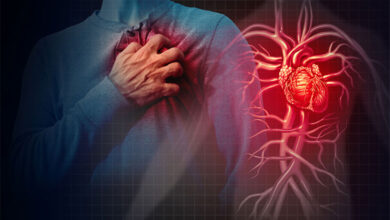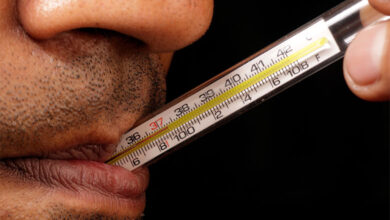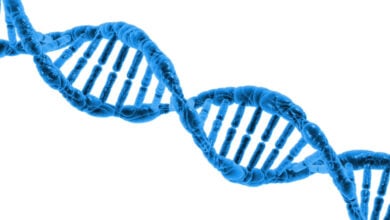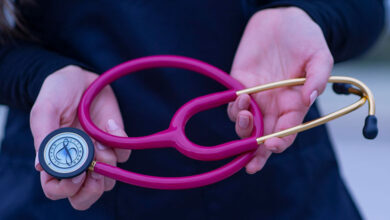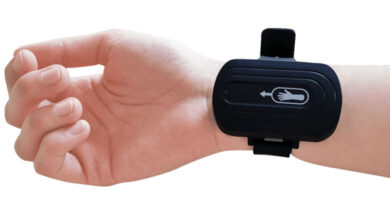How to stop the stroke that actor Mithun Chakraborty suffered
These symptoms may manifest differently depending on the location and extent of the blockage in the brain's blood vessels.
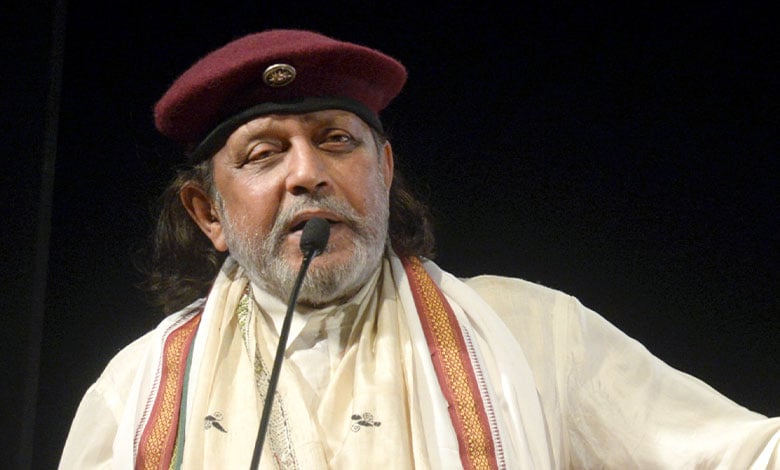
According to experts on Monday, ischemic stroke, which recently claimed the life of actor Mithun Chakraborty, is the most prevalent type of stroke, accounting for about 87% of all stroke episodes.
Renowned actor and BJP leader Chakraborty, 73, was allegedly brought to a private hospital in Kolkata on Saturday after exhibiting indications of an ischemic cerebrovascular accident. Monday afternoon saw his hospital discharge.
“A blood clot that obstructs an artery supplying the brain can cause anischemic stroke by reducing blood flow and depriving brain tissue of nutrients and oxygen.” A thrombus, or clot that forms locally, or an embolus, or clot that travels from another area of the body, can cause this obstruction, according to Dr. Vipul Gupta, chief of neurointervention and co-chief of the stroke unit at Artemis Hospital in Gurugram, who spoke with IANS.
“It represents the most prevalent type, accounting for approximately 87 per cent of all stroke incidents,” he stated.
The risk of an ischemic stroke is increased by high blood pressure, cholesterol, diabetes, alcohol use, smoking, obesity, physical inactivity, and a family history of the condition.
“Balance, vision abnormalities, facial deviation, arm drift, and speech disturbances are the red flags of an ischemic stroke,” states Dr. Ishu Goyal, Associate Consultant Neurologist at Sir HN Reliance Foundation Hospital.
In addition to sudden weakness or numbness, which typically affects one side of the body, other symptoms of an ischemic stroke include confusion, difficulty speaking or understanding, vision issues, including blurred or lost vision in one or both eyes, dizziness or loss of balance and coordination, an excruciating headache without a known cause, and difficulty walking.
These symptoms may manifest differently depending on the location and extent of the blockage in the brain’s blood vessels.
The experts added that risk is increased by age (particularly over 55), gender (men are more susceptible), and specific medical disorders (such as peripheral artery disease, atrial fibrillation, and carotid artery disease).
Stroke is more common in older persons due to greater comorbidities, but it is also becoming more common in younger age groups due to sedentary lifestyles, poor eating habits, stress, and lack of physical activity, according to Dr. Goyal.
“To prevent ischemic stroke, it is essential to manage underlying illnesses such as atrial fibrillation, stop smoking, cut back on alcohol, regulate risk factors such high blood pressure, cholesterol, and blood sugar, and maintain a healthy weight through exercise and diet,” added Dr. Gupta.
Additionally, Dr. Goyal advised monitoring for vitamin B 12 insufficiency and dehydration. Along with regular exercise, the experts recommended a well-balanced diet rich in fruits, vegetables, and whole grains.







